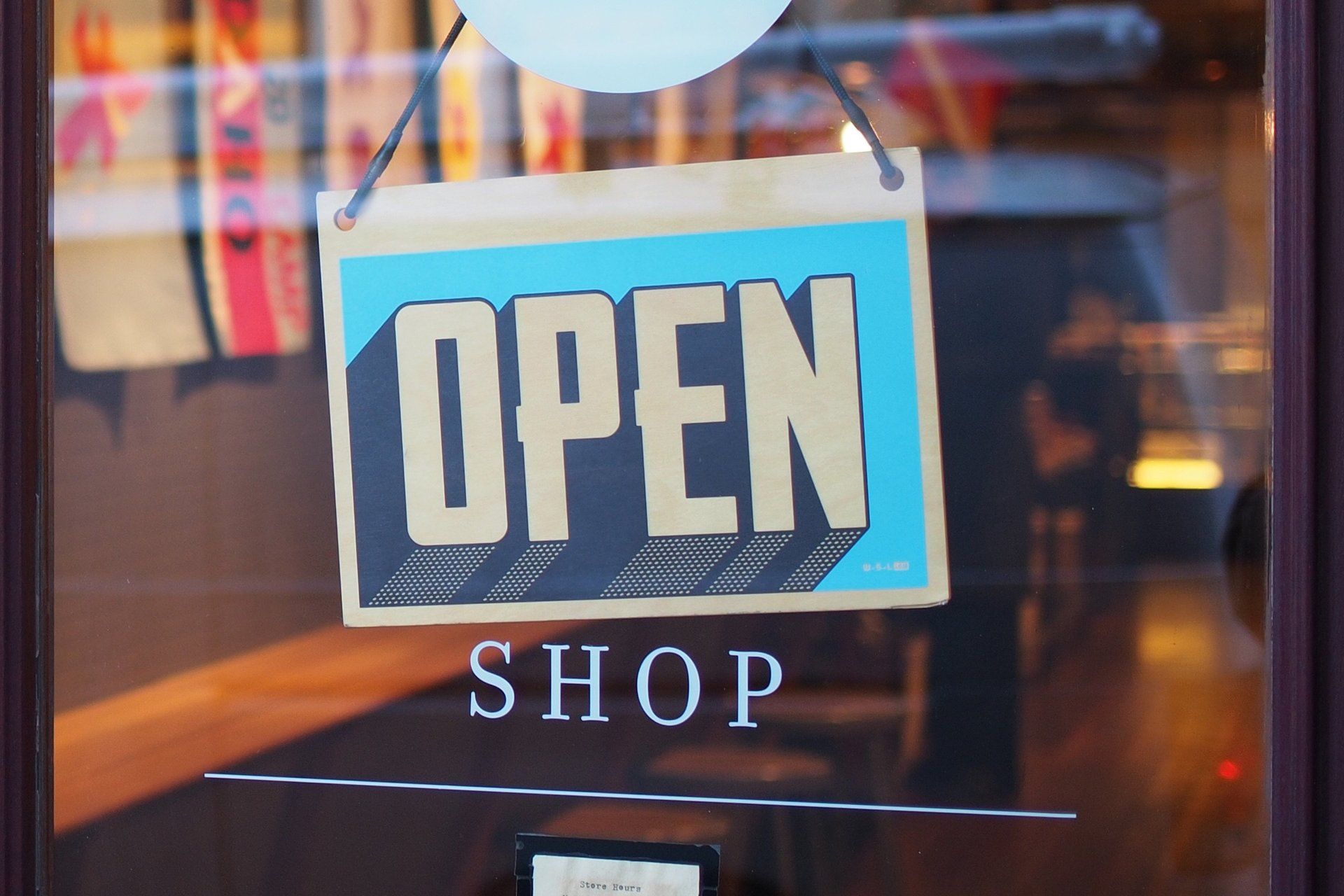
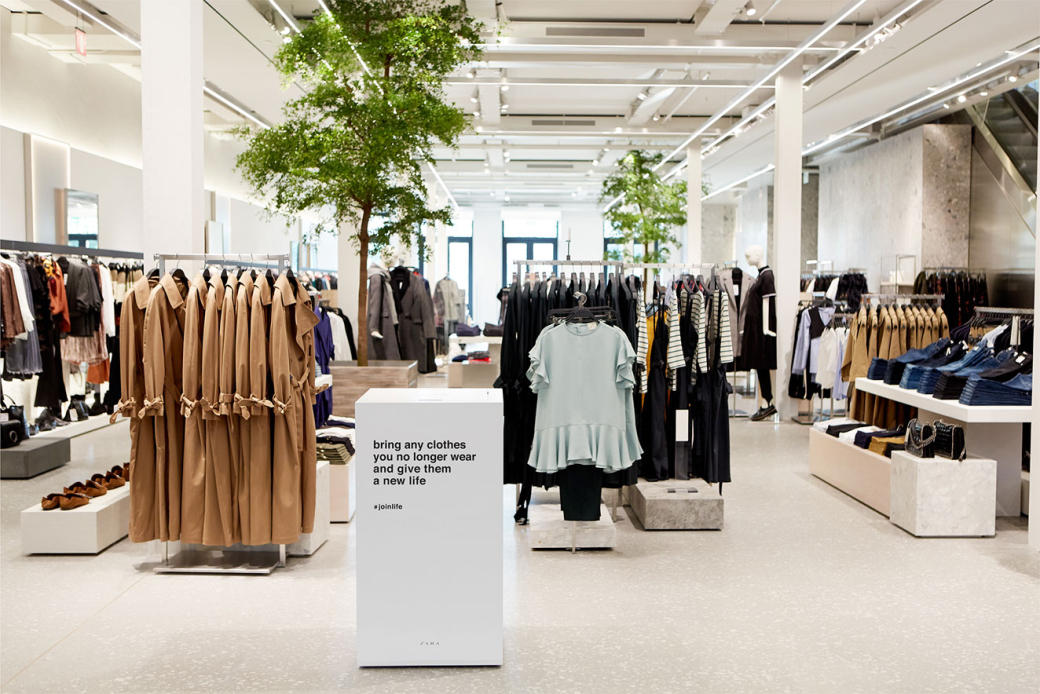
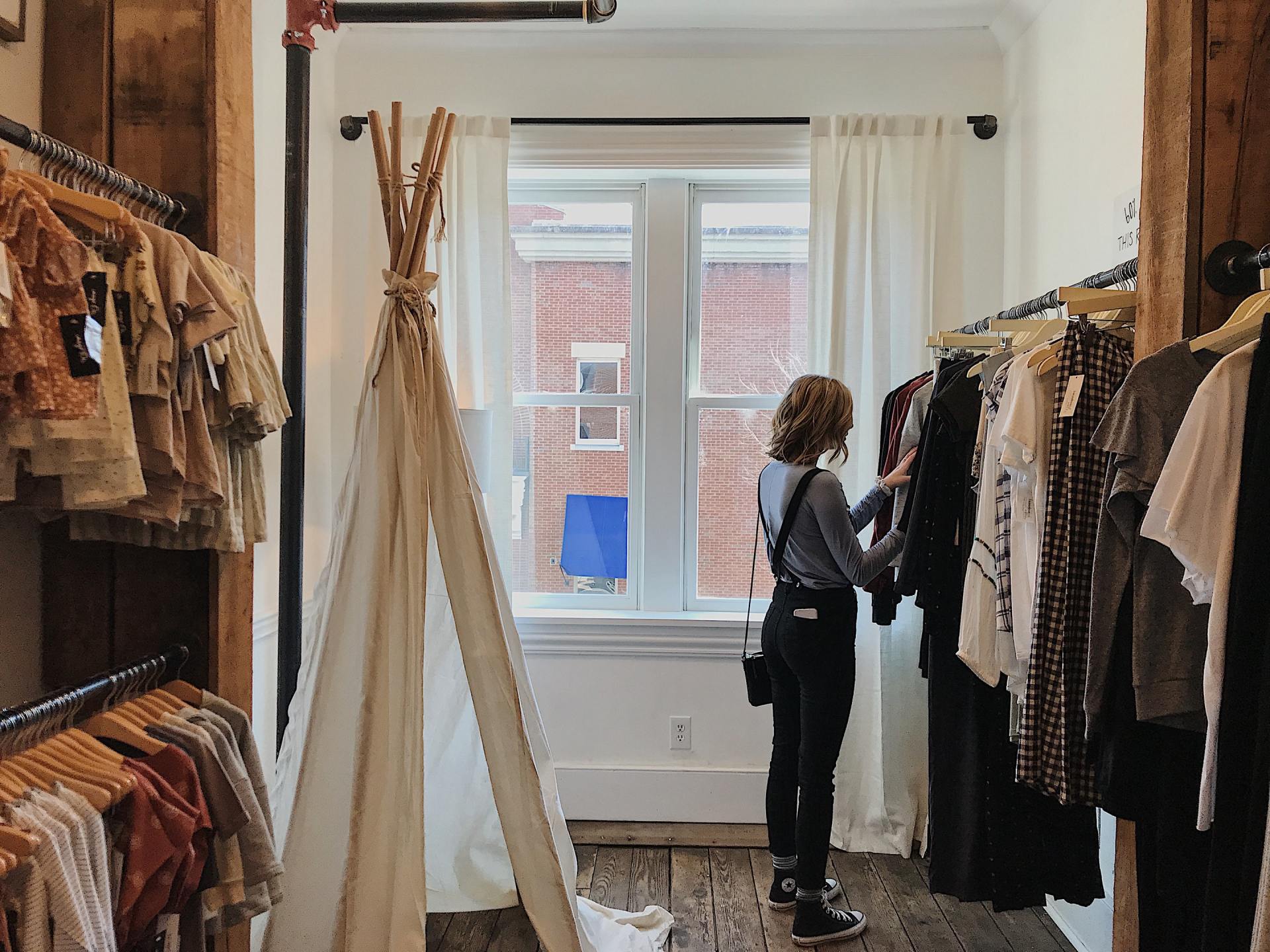
The Case For Convenience. How These Retailers Built Convenience Directly Into Their Brand Experience
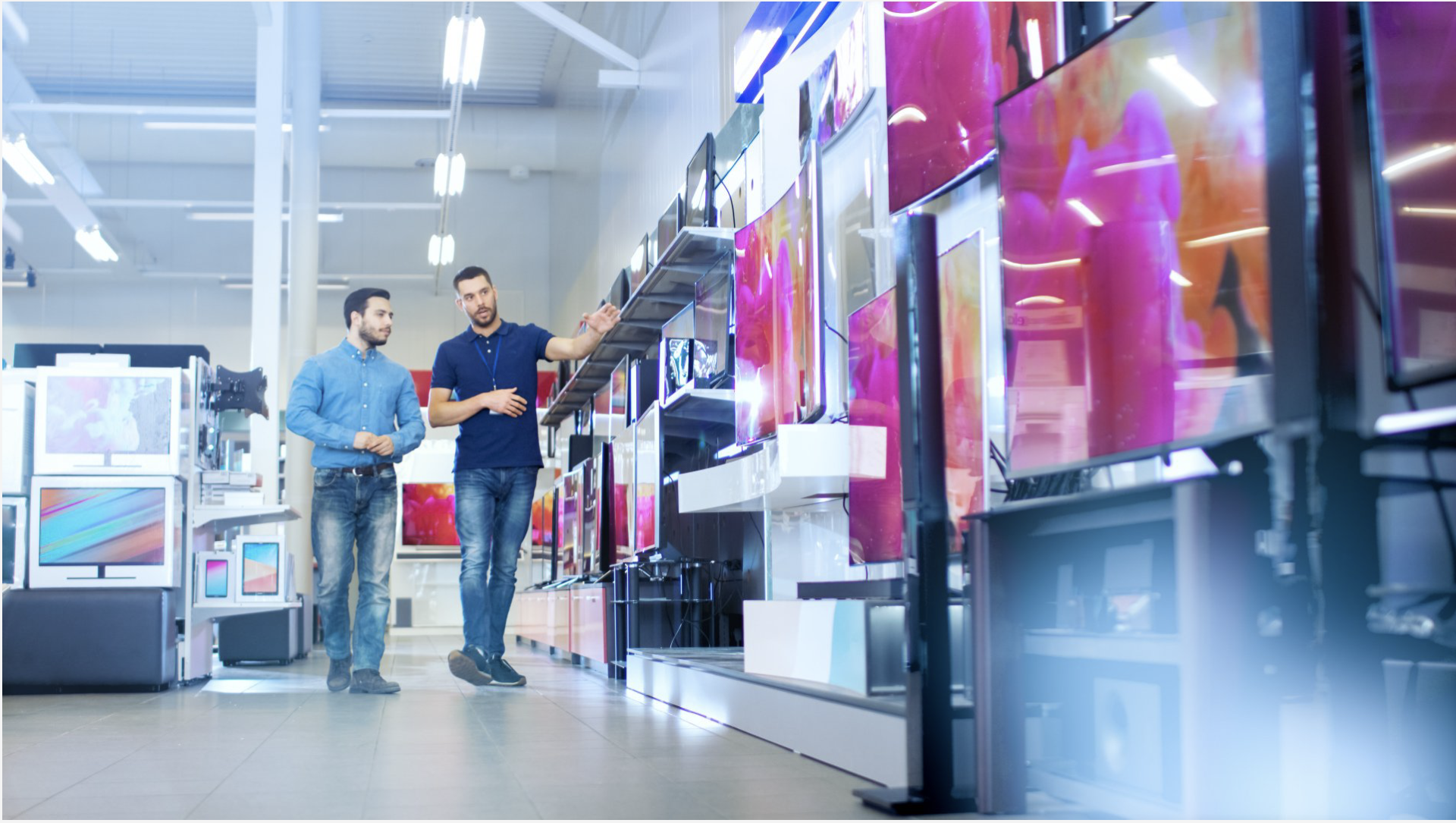
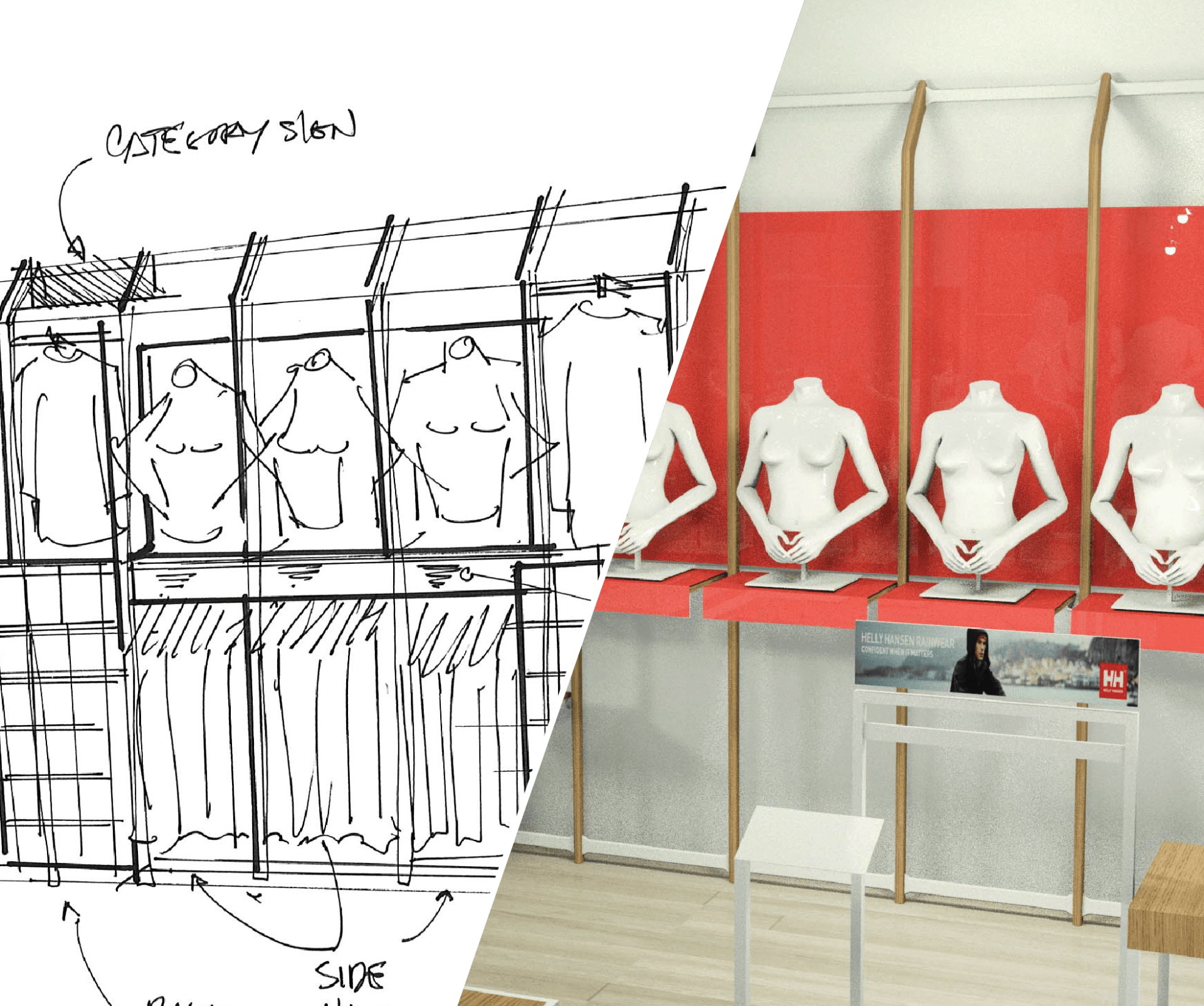
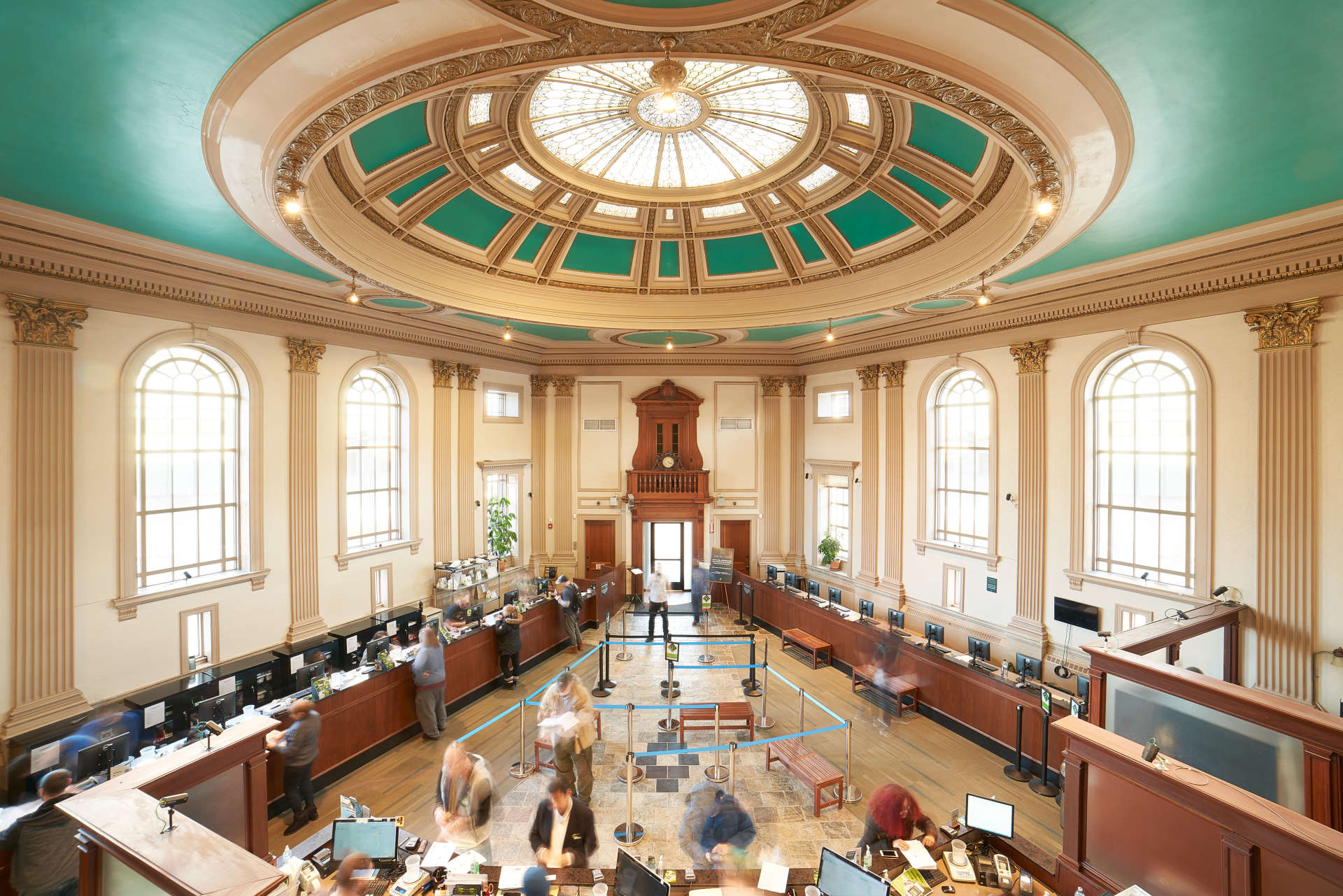
Sustainability is more than just a buzzword in retail environments, as evidenced by reclaimed wood retail counters, rustic displays, and cork lined shelving units. Industry experience over the last several years has revealed a lot about the ways and reasons to incorporate sustainable materials in retail fixture design.
Retailers choose sustainable materials for all kinds of reasons. Sometimes they are acting on a commitment to environmental stewardship, or working towards a goal in a corporate social responsibility program. Other times, sustainable materials fit with the brand image and help form a connection with customers who share that interest.
Sustainable Fixture Materials
In retail environment design, what does sustainable even mean? Store fixtures are usually considered sustainable for a combination of reasons, including:
·Origin of materials
·Reusable and recycled content
·Low VOC paint or adhesive
·Forest Stewardship Council (FSC)-certified wood
If you can imagine a retail fixture, there is probably a way to design and source it in a sustainable material. Manufacturers offer T-stands, shelving, nested table sets, ballet bars, earring stands, wood and chrome merchandise displays, and more – all made from sustainable materials. Some manufacturers specialize in custom fabricating store fixtures from sustainable materials like cork or reclaimed wood.
When choosing a supplier for any given fixture, several key questions can help determine whether it fits into a sustainable fixture plan.
1.Find out whether the materials used in the fixture were recycled, and if so, whether those recycled materials are pre-consumer, post-consumer, or both.
2.Determine much of the fixture is made from renewable materials.
3.If the product contains new wood, look for sustainable harvesting, which can be verified through chain of custody certification.
4.If the fixture contains composite materials, find out if it contains formaldehyde and if it complies with CARB’s Composite Wood Air Toxic Control Measure.
5.Look for VOC information about any paint, sealants, coatings, carpet, and adhesives used in the product.
Other Ways a Fixture Program Can Be Sustainable
Beyond materials, some retailers take a holistic view of sustainability, and source from suppliers that incorporate sustainability into their production process. These suppliers may use renewable energy, co-generation, or waste-to-energy strategies. Or they may use other measures like reusing scrap, reducing waste, or saving water.
Some fixture roll out programs are incorporating fresh ideas about shipping and packing. Sustainable programs include ideas like using glue-less biodegradable paper or choosing options that greatly reducing packaging materials.
Finally, the lifecycle of the store fixtures can also be considered when analyzing sustainability. Because of the focus on keeping retail environments fresh, fixtures are often swapped out long before they are worn out. For sustainability, fixtures can be designed to lend themselves well to future refurbishment or rebuilding, depending on the material chosen.
When planning a fixture rollout program, it takes some effort to identify what is sustainable, choose materials, and source from reliable manufacturers. The effort pays off when retailers create retail environments that showcase their brand and meet their sustainability goals at the same time.
---
QUARTER20, Inc., provides full-service experience design, production, and manufacturing. Based in Chicago, our offices around the world serve a vibrant client community.
Inspired by our clients’ passion, we are invested in their success. Quarter20 thinks hard and works harder towards smart solutions in meaningful ways. We bring beautiful brand experiences to both defined and desired audiences.
Through omni-channel strategy, retail experiences, event marketing, premium branded environments, and fixture programs, we specialize in bringing global brands further and farther than ever before. Contact us to discuss your retail design project requirements today.





